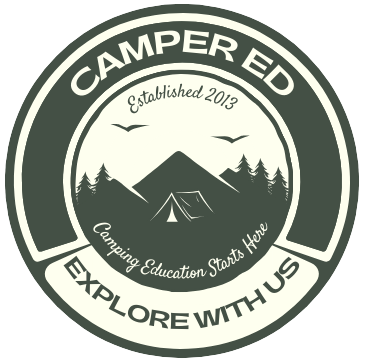Most educators and parents are aware of the importance of teaching children imperative life skills, but in the age of GPS and smartphones, the traditional navigation tools of a compass and map may seem outdated. However, the ability to navigate using these tools remains a valuable skill that can foster independence, critical thinking, and a deeper connection to the natural world. In this blog post, we will explore the benefits of teaching kids how to use a compass and map, and why this fundamental skill should not be overlooked in today’s tech-driven society.
Understanding the Basics of Navigation
History of Map-making and Compass Use
History has shown us that the art of map-making and the use of compasses have been necessary tools for navigation for centuries. Early civilizations, such as the Greeks and the Chinese, developed rudimentary maps and compass-like instruments to aid in travel and exploration. These tools have evolved over time, leading to the sophisticated navigation systems we have today.
Components of a Map and Compass
Any aspiring navigator must understand the basic components of a map and compass. A map typically includes a legend, scale, and symbols that represent various features of the terrain. A compass, on the other hand, consists of a magnetic needle, a housing with degree markings, and a baseplate. Together, these tools work in harmony to provide accurate guidance.
As you probe deeper into the world of navigation, you’ll find that maps come in various types, such as topographic maps that show elevation changes, and compasses that can be orienteering compasses or sighting compasses. Understanding how to interpret these tools will empower you to navigate confidently in any environment.
The Advantages of Learning to Use a Compass and Map
Development of Spatial Awareness
The development of spatial awareness is crucial for children as it helps them understand their surroundings better. By learning how to use a compass and map, kids can enhance their ability to visualize and navigate through physical spaces effectively. This skill not only benefits them in outdoor activities but also improves their overall cognitive development.
Reinforcement of Independence and Problem-Solving Skills
With the availability of GPS technology and digital maps, the traditional compass and map may seem outdated, but the benefits they offer are timeless. Learning to use a compass and map instills a sense of independence in children as they rely on their own skills and judgment to find their way. Additionally, it sharpens their problem-solving abilities as they decipher directions and plan routes.
For instance, when children are out hiking and their digital devices lose signal, knowing how to use a compass and map can be a lifesaving skill. It teaches them to stay calm, assess the situation, and navigate their way back to safety using traditional methods.
Integrating Traditional Navigation Skills in Modern Education
Outdoor Education Programs
Outdoor education programs play a crucial role in integrating traditional navigation skills into modern education. These programs provide students with hands-on experiences in using compasses and maps to navigate through various terrains. By enhancing their understanding of cardinal directions and map reading, kids can develop important problem-solving and critical thinking skills.
Navigation as a Tool for Interdisciplinary Learning
An interdisciplinary approach to learning incorporates navigation skills across various subjects, such as geography, mathematics, and even history. By using compasses and maps to explore different landscapes and historical sites, students can make connections between disciplines and deepen their understanding of the world around them.
Programs that integrate traditional navigation skills offer a unique opportunity for students to engage with their surroundings in a meaningful way. By honing these skills, kids not only learn how to navigate the physical world but also develop a sense of confidence and independence that will serve them well in their academic and personal lives.
Challenges and Considerations
Accessibility of Resources
Unlike in the past, when physical maps and compasses were vital tools for navigation, today’s children may not have easy access to these resources. As technology advances, more people rely on GPS and digital maps for directions, making it less common for children to learn traditional navigation skills.
Balancing Technology and Traditional Methods
An important consideration is finding a balance between teaching children how to use modern technology for navigation and equipping them with traditional map and compass skills. While GPS and digital maps are convenient and user-friendly, they may not always be reliable, especially in remote areas without signal coverage.
For instance, introducing children to the basics of map reading and compass use can provide them with valuable problem-solving skills and a sense of independence. By understanding how to navigate using traditional methods, children can build confidence and resilience in various outdoor situations, whether they are hiking, camping, or exploring new environments.
To wrap up
Following this discussion, it is evident that teaching kids how to use a compass and map is crucial in today’s technology-driven world. While GPS and navigation apps offer convenience, relying solely on technology can leave children vulnerable in situations where technology fails or connectivity is limited. Learning traditional navigation skills not only builds confidence and self-reliance but also fosters a deeper understanding of the world around them. By incorporating compass and map skills into their education, children can gain imperative life skills that will serve them well in various outdoor activities and unforeseen circumstances. It is imperative to equip kids with the knowledge and confidence to navigate both the physical and digital landscapes they encounter.
